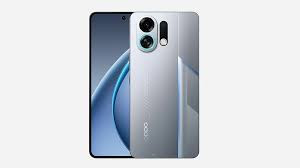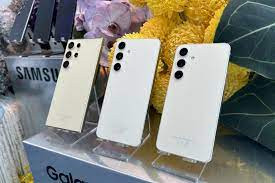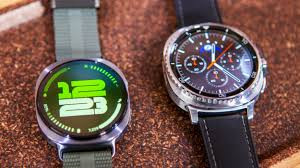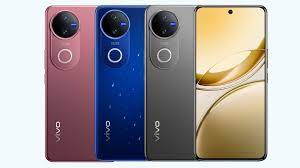Google Pixel 10 Series May Skip Built-In Magnets Despite Qi2 Wireless Charging Support: Report
IIE DIGITAL DESK : Google's upcoming Pixel 10 series will reportedly support the Qi2 wireless charging standard but may not include built-in magnets typically associated with the technology. This detail, revealed in a recent industry leak, has sparked curiosity and concern among Pixel enthusiasts and tech watchers alike.
The Qi2 wireless charging standard, developed by the Wireless Power Consortium (WPC), is designed to enhance wireless charging efficiency and reliability, largely thanks to its magnetic alignment system. This MagSafe-like technology ensures better power delivery and easier docking for smartphones and compatible accessories. Apple’s iPhones, starting with the iPhone 12, have heavily leaned into the benefits of this standard with the integration of magnets that align the device perfectly with wireless chargers.
According to reports from sources close to the supply chain, while the Pixel 10 and Pixel 10 Pro will support Qi2 charging, they will not feature the magnetic ring or alignment system internally. This omission could limit the full potential of Qi2, particularly in areas like magnetic mounting on stands or compatibility with certain magnetic accessories such as wallets, grips, or even car mounts designed for seamless Qi2 integration.
The absence of magnets is surprising given Google’s increasing focus on premium design and user experience with its Pixel series. The Pixel 9 lineup, expected later this year, is believed to be the final generation before the Pixel 10 debuts in 2025. While the Pixel 8 Pro featured improved wireless charging speeds, it lacked magnetic alignment—something that now appears to be a deliberate omission in the Pixel 10 as well.
Industry analysts suggest the move could be due to manufacturing costs, design constraints, or Google's reluctance to fully embrace an Apple-style magnetic ecosystem. “Google has always taken a more open-ended approach to hardware design, perhaps wanting to keep the Pixel series more universally compatible rather than tied to a specific accessory standard,” noted tech analyst Priya Banerjee.
This decision might disappoint users who were hoping for a MagSafe-like experience with their next Pixel device. Without magnets, users may face more difficulty ensuring proper alignment on Qi2 chargers, potentially leading to slower charging speeds or less consistent performance.
On the flip side, Pixel 10’s support for Qi2—albeit partially—means that users will still benefit from upgraded charging efficiency, improved heat management, and potential future accessories that don’t necessarily rely on magnetic alignment.
Android manufacturers such as Samsung and OnePlus are reportedly testing Qi2 features in upcoming devices. If Google skips full Qi2 implementation, it may fall behind in the increasingly competitive premium smartphone market where accessory integration and charging innovations matter more than ever.
Google has not officially commented on the Pixel 10’s charging specs. With the devices still under development, there remains a slim chance that plans may change before the final design is locked in. More details are expected to emerge closer to the anticipated mid-2025 launch of the Pixel 10 series.
For now, users hoping for a complete Qi2 experience may have to rely on third-party accessories that can compensate for the absence of built-in magnets—or look to competing brands that are embracing the full potential of the new standard.
You might also like!















